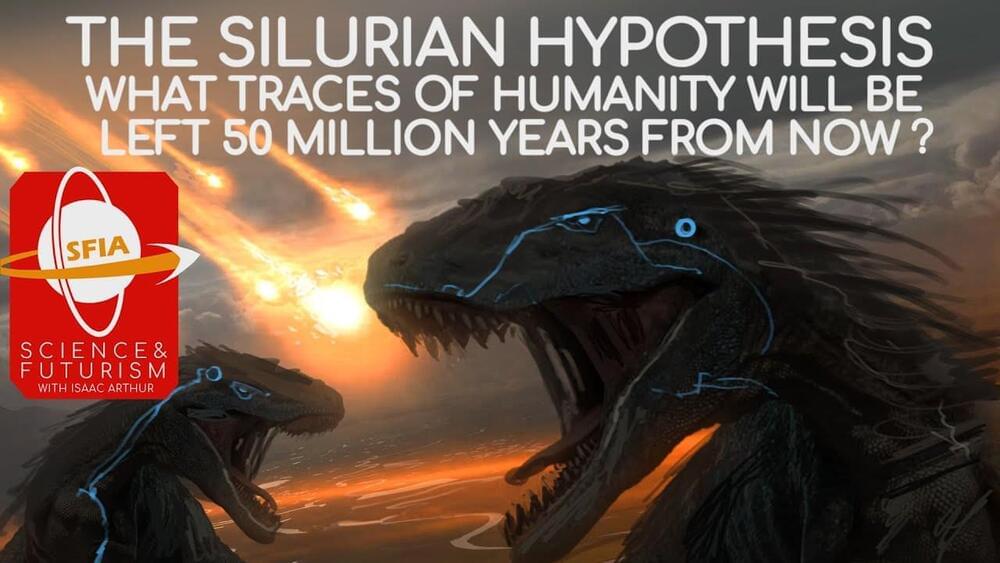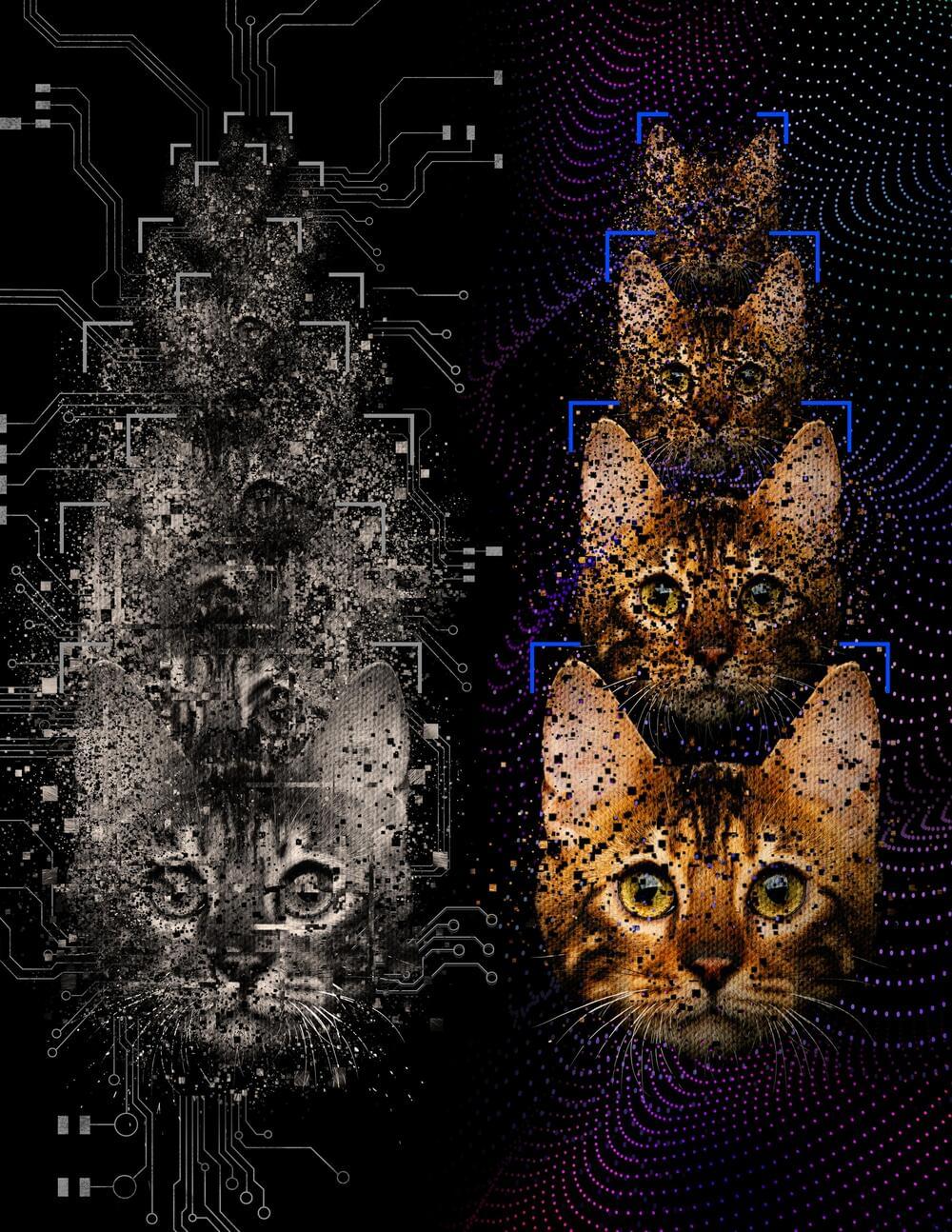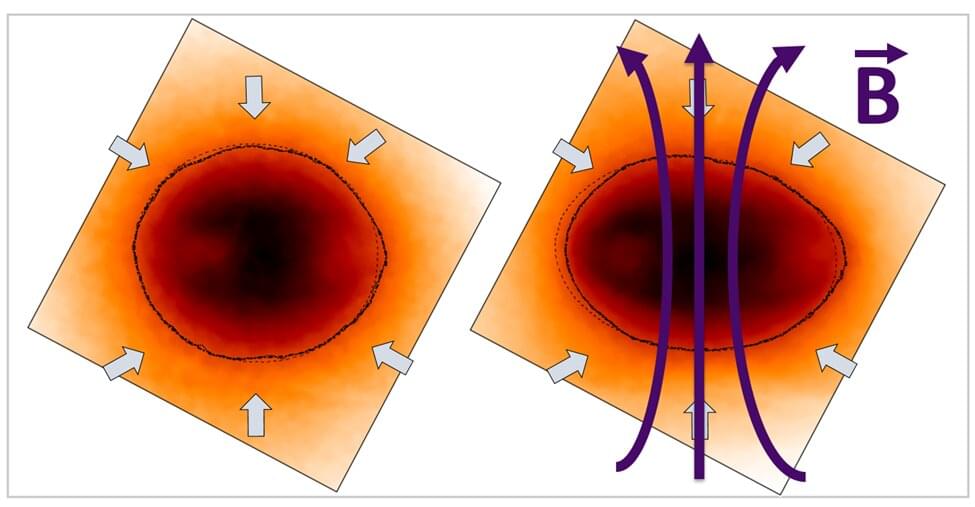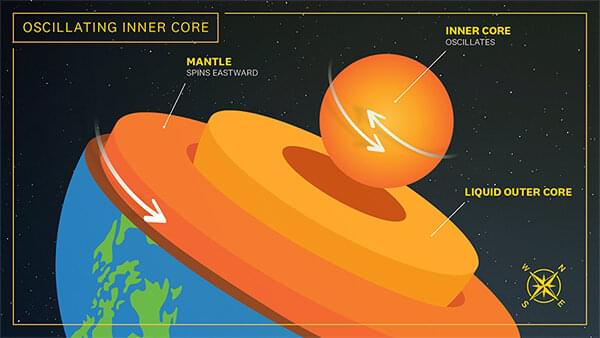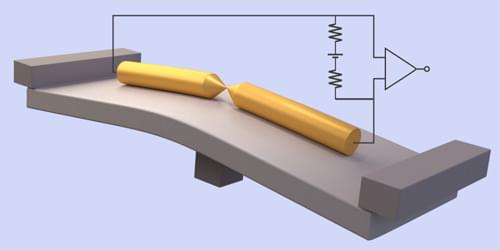Jun 12, 2022
The Silurian Hypothesis: What Traces Of Humanity Will Be Left 50 Million Years From Now?
Posted by Jose Ruben Rodriguez Fuentes in category: futurism
Start listening with a 30-day Audible trial and your first audiobook is free. Visit http://www.audible.com/isaac or text “isaac” to 500–500.
The Silurian Hypothesis contemplates how long the ruins of a civilization would be detectable, on Earth or even other worlds, and if we could ever know if a world had once been inhabited by a technological civilization.
Visit our Website: http://www.isaacarthur.net.
Support us on Patreon: https://www.patreon.com/IsaacArthur.
Support us on Subscribestar: https://www.subscribestar.com/isaac-arthur.
Facebook Group: https://www.facebook.com/groups/1583992725237264/
Reddit: https://www.reddit.com/r/IsaacArthur/
Twitter: https://twitter.com/Isaac_A_Arthur on Twitter and RT our future content.
SFIA Discord Server: https://discord.gg/53GAShE
